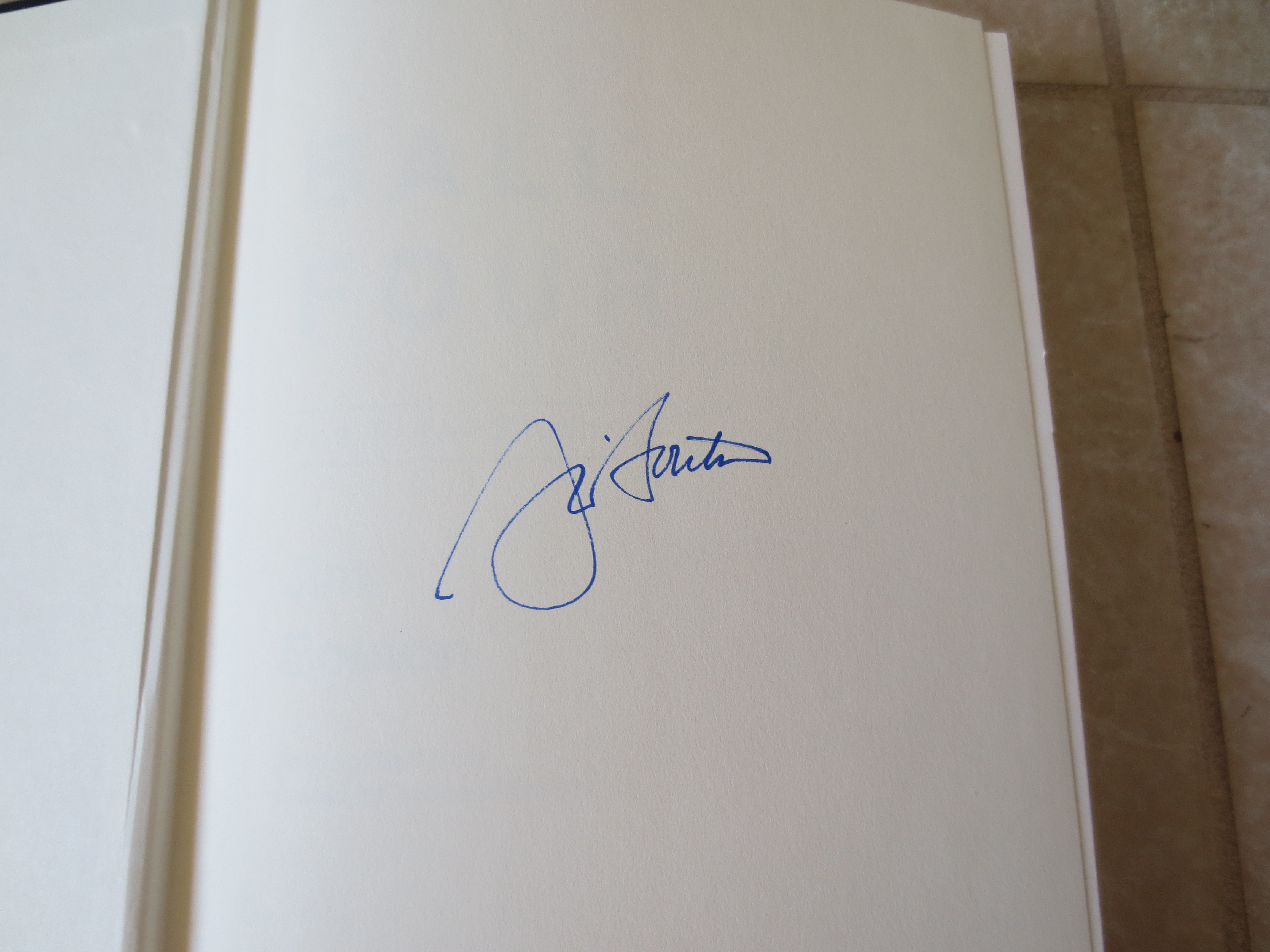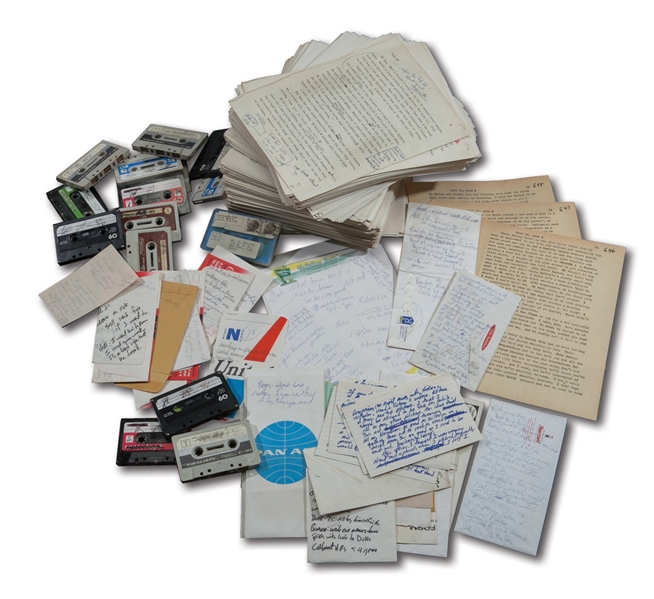

The book, first published in 1970, has now sold five million copies, In 1995 the New York Public Library selected “Ball Four” as one of about 150 Books of the Century, alongside such works as Anne Frank’s “Diary of a Young Girl” and F. If you are of the same generation as modern-day major leaguers, it’s possible you’ve never heard of Bouton or “Ball Four.” That’s what sportswriter Thom Loverro of the Washington Times discovered last year when he queried some of the Washington Nationals.

Maybe the statue should have been of a group of policemen at headquarters, with an inscription that read: “One Police Department, One Lynching.When Jim Bouton passed away earlier this month at age 80 from a brain disease linked to dementia, it prompted me to reread “Ball Four,” the iconic diary of the pitcher’s 1969 season with the Seattle Pilots and the Houston Astros. The only thing I know about Dallas law enforcement is that its police department allowed a lynching to occur on national television.


I find it curious that of all the things Dallas could have chosen to glorify in the airport, it chose law enforcement. Then I said, “He’s okay, men.” Then, of course, we all whipped out our IDs, which showed we were all over twenty-one, and the Texas Rangers turned around and walked out, creaking and jangling. I mean a 20-second check, looking at the photo and then up at him. He rolled his eyes up into his head in exasperation and very slowly and reluctantly he reached for his wallet, opened it and showed me his badge and identification card. I don’t know what got into me, but I had to say-I had to after that entrance-to these obvious Texas Rangers, “First I’d like to see your identification.” I said it loud. “Let me see your IDs, boys,” one of them says. I wouldn’t have been surprised if one of them said, “All right, draw!” They spotted us ballplayers and sauntered over, all four of them, spurs jangling, boots creaking, all eyes on them. They stopped and looked around and all of a sudden everybody in the place stopped talking. Suddenly, through the swinging doors-Old West fashion-come these four big Texans, ten-gallon hats, boots, spurs, six-shooters holstered at their sides, the works. There were about five or six players having a drink at a table in the middle of this large, well-lit bar, all of us over twenty-one. There’s a huge statue of a Texas Ranger in the terminal and it’s inscribed: “One Riot, One Ranger.” It reminded me of an incident when I was playing baseball in Amarillo. “On our trip from Atlanta to San Diego we had a stopover in Dallas at Love Field.


 0 kommentar(er)
0 kommentar(er)
